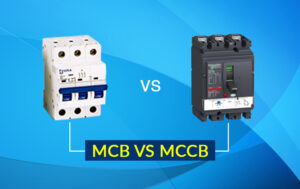
The SVHC list constantly changes with the addition of more chemical and chemical components that might prove harmful to human health as well as the planet. On 15th January 2019, the ECHA or the European Chemicals Agency announced the addition of six more chemicals that would be added to the candidate list of SVHC or Substances of Very High Concern. These six chemicals had particularly few properties that made their way to the list. The properties are:
- Carcinogenic in nature
- Is highly toxic when comes to reproduction
- Is persistent
- Is bio-accumulative and toxic (PBT)
- Is very persistent and very bio-accumulative (vPvB)
- Is endocrine-disrupting chemical
Polycyclic Aromatic Hydrocarbons (PAHs) were also considered to get included in the list while the discussion helped in involvement with Member State Committee (MSC). These PAH cases were referred to by the MSC in light of the submissions that they received during the REACH public consultation. With this being added to the list, the total number of members in the SVHC list increased from 191 substances to 197 under the ECHA’s guidelines.
The new substances that found their names on the list are as follows:
- 2,2-bis(4′-hydroxyphenyl)-4-methylpentane (CAS no. 6807-17-6)
- Benzo[k]fluoranthene (CAS no. 207-08-9)
- Fluoranthene (CAS no. 206-44-0)
- Phenanthrene (CAS no. 85-01-8)
- Pyrene (CAS no. 129-00-0)
- 1,7,7-trimethyl-3-(phenylmethylene)bicyclo[2.2.1]heptan-2-one (CAS no. 15087-24-8)
These particular substances are found in a variety of products ranging from electronics and electrical products to toys, chemicals, plastics, and even paint. The producers need to know to verify their products while production before they can release the finished goods in the market.
The list looks into tracing these prohibited chemicals in the products. If any product produced within the EU is found to have traces of these substances, it might be subjected to a complete ban in distribution and selling. If any product is having these products by 0.1% concentration (weight by weight), they need to communicate the presence of the SVHCs within six months to the ECHA.
The manufacturers and producers are always asked to keep a strict and active check on the SVHC list to keep themselves updated about the latest changes and stay compliant with them while avoiding any business risks. There are many obligations the companies need to strictly abide by if they are found producing goods having chemicals listed in the SVHC.
Enviropass svhc list helps you stay updated to the changing norms and rules to not fall into any compliance-related business troubles.



